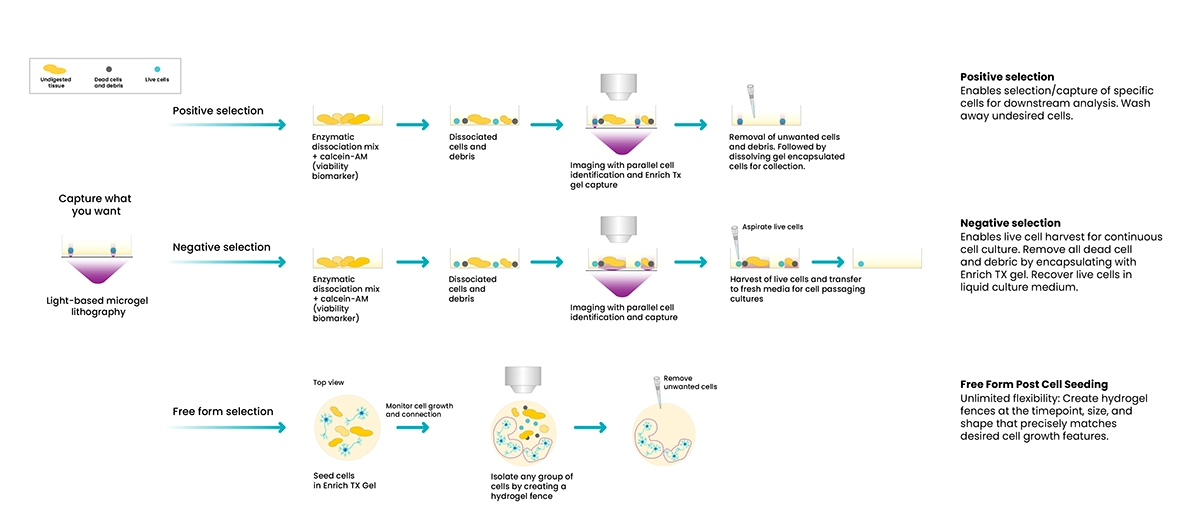Bridging the gap between in vitro and in vivo analysis
Developing novel cellular therapeutics requires a deeper understanding of normal in vivo cell behavior over time. Existing high-throughput cell analysis platforms are expensive and incapable of studying cell behavior over extended timelines. In comparison, in vitro cell capture technologies require harsh single-cell dissociation methods and cell sorting that can cause stress and damage to the cells outside of their in vivo cell culture conditions.
TROVO allows cells to be monitored under native culture conditions, enabling longer experimental timelines and cell behavior analysis.
More flexibility in experimental design with biologically meaningful cell culture environments

High-throughput
Analyze up to 24,000 single cells
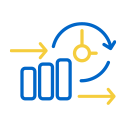
Culture Longer
Culture up to weeks more than other systems
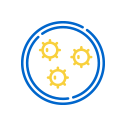
Microfluidics-free Cell Culture
Keep cells in native culture medium

Controlled Cell Density
Plate cells in physiologically relevant conditions

Phenotypic Selection
Select desired cells based on behavior or phenotype
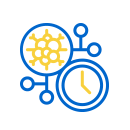
Know Your Cells
Collect data over longer timelines for each microwell
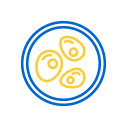
Enrich for Live Cells
Visually confirm and enrich for viable cells
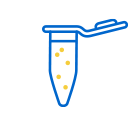
Minimal Sample Loss
Work with precious samples without losing cells
How does TROVO work?
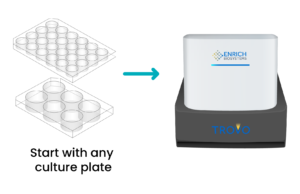
TROVO works with standard cell culture plates under native cell culture conditions. The open platform provides scientists flexibility to design experimental assays that meet their needs. TROVO delivers two unique modes of cell capture selection: microwell-based capture and free space capture.
HT Screening & Isolating Tumor-Reactive T Cells (CAR-T, TCR-T, TIL, etc.)
In the field of assessing the effectiveness of Chimeric Antigen Receptor T cells (CAR-T cells), the Tumor rechallenge assay or chronic antigen exposure plays a crucial role. Enrich’s T cell application assay is designed to replicate the conditions in which CAR-T cells engage with cancerous cells in the body, allowing for the evaluation of the T cells’ ability to persistently engage with the target cells. This evaluation is vital for the successful treatment of cancer.
- To simultaneously monitor, analyze tens of thousands of T cell clones’ persistent killing behavior, tens of thousands of microcompartments were generated on glass bottom Petri dish or culture plate
- Coculture and monitor cells for up to weeks longer than any other systems
- Statistically and biologically more relevant to gain way more confidence in data
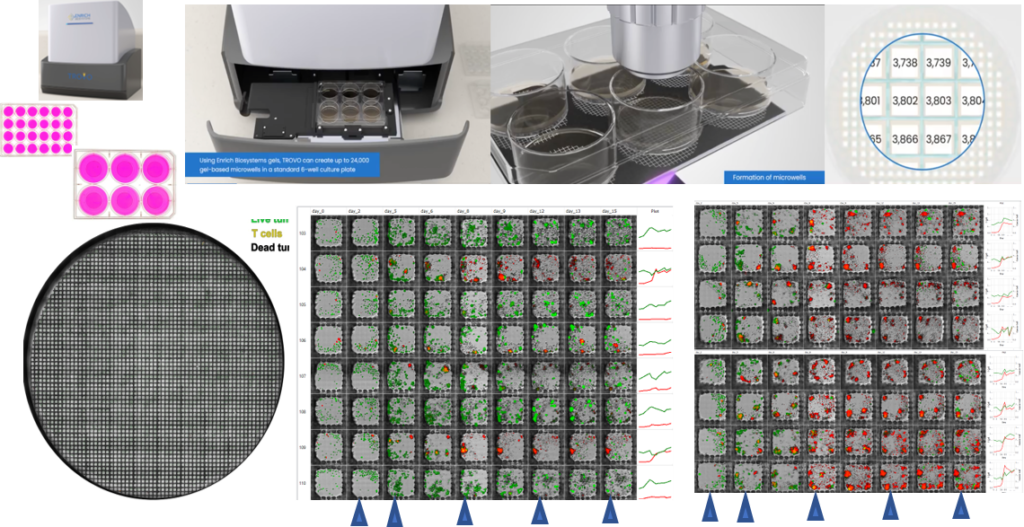
Figure 1. Enrich TROVOTM miniaturizes repeated tumor stimulation assays up to single CAR-T cell level via generating tens of thousands of hydrogel microwells and quantitative monitoring the progress of the assay using high-content imaging.
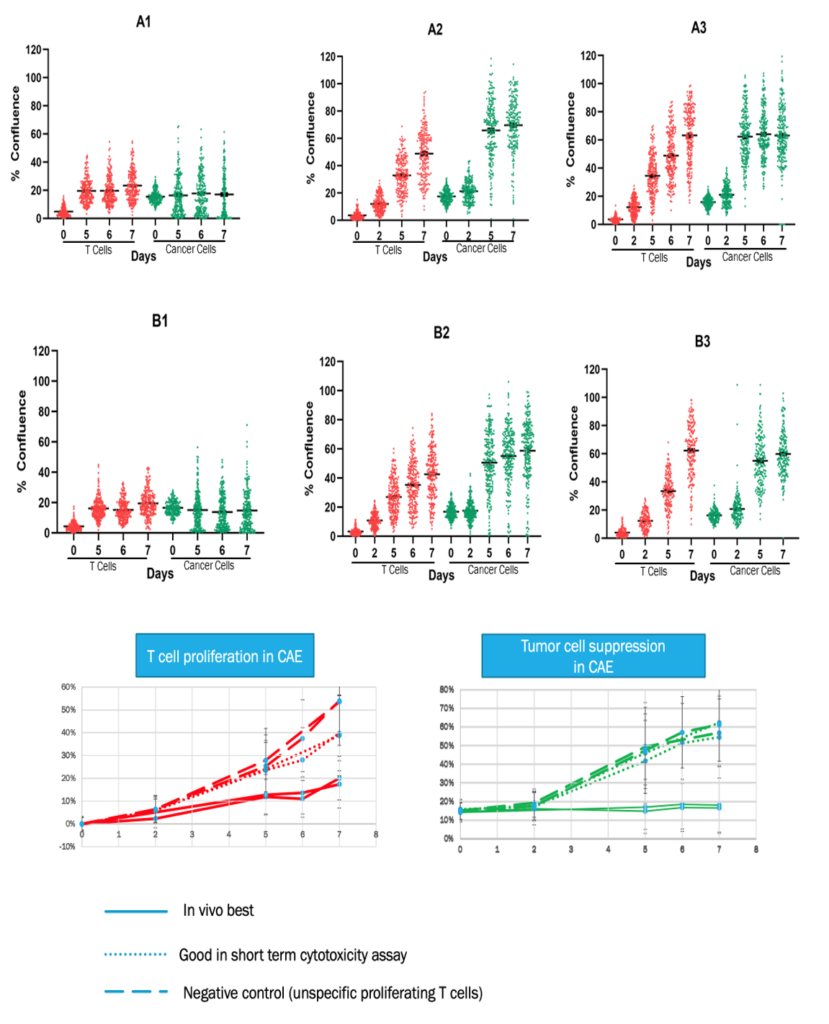
Figure 2. TROVO report of purified CART from repeated tumor stimulation assays. Where A1 B1 are repeats of in vivo best CAR-T, A2 B2 are duplicates of short-term CAR-T, and A3 B3 are negative controls. Green(Tumor cells), Red(T cells)
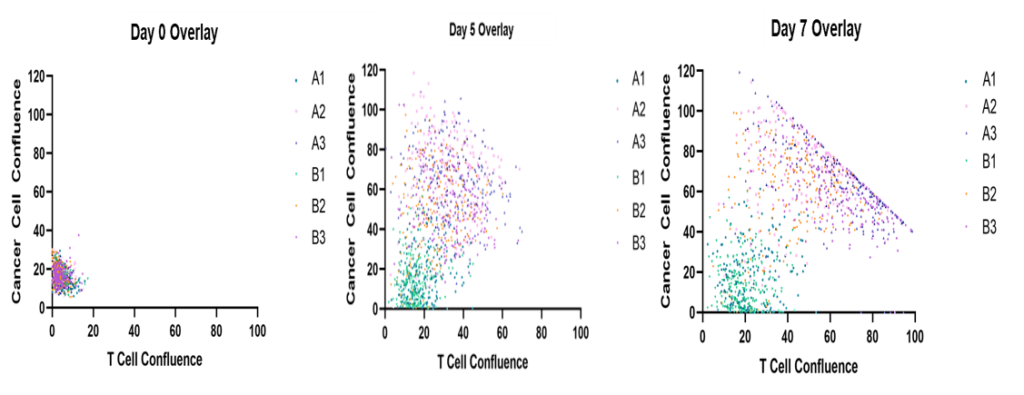
Figure 3. Clear separation of in vivo best clones (green) from short term killers(purple) on as early as Day 5.
Figure 4. Different tumor suppression/T cell proliferation profiles of in vivo best clones compared with sub-optimal clones over time.

Isolate rare cells without cell loss
- Successfully identify and capture rare cells
- No plate-to-plate transfers ensures no to minimal cell loss
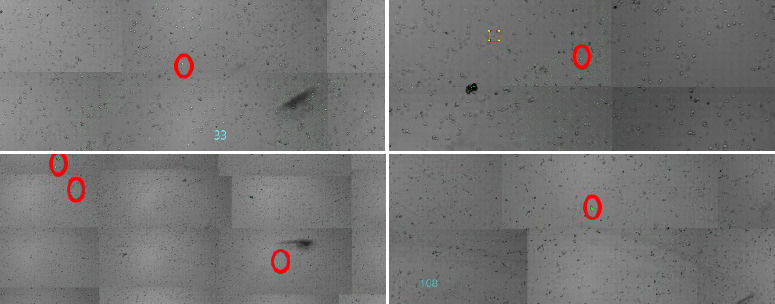
Figure 1. Typical whole well image montage generated from single images. GFP-positive suspension cells were spiked in with non-fluorescently labeled cells. GFP cells were successfully identified (red circles). GFP-positive cells were individually selected for capture.
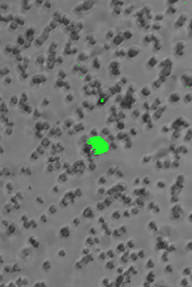
1. Before Capture

2. After Capture
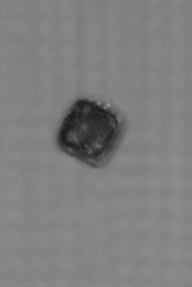
3. After Wash
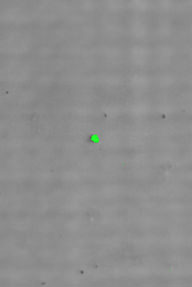
4. After Digest
Figure 2. TROVO provides seamless identification and cell capture technology. Captured cells remain adhered to the culture plate while non-adhered cells can be washed away. Following removal of non-adherent cells, captured cells can be visualized on TROVO and then retrieved with a gentle enzymatic solution that dissolves the surrounding gel.
Cell screening projects
- Are you interested, but need support in discovering your next great cell therapy? Enrich offers in-house cell culture processing of your samples. Our team can process samples for a variety of applications, including:
- High-throughput screening to select the best functional T-cell (CAR-T, TCR-T, TIL) clone for therapeutic candidates
- Find your best in vivo CAR-T in one month
- Have the ultimate confidence in your CAR-T screening data by using a technology and workflow that have been validated to be predictive of in vivo success in previous studies
- Decrease volume of in vivo studies required with in vivo-predictive Enrich Biosystems screening data
- Fast generation of cell lines and organoids
- Bulk cell or tissue sample processing for single-cell omics
Contact us with your project interests and we will respond within 1 business day.
Contact Us
Are you interested in learning more about Enrich Biosystem’s TROVO all-in-one platform? Fill out this form to contact us and a member of our team will reach out to answer your questions or set up a demo.



